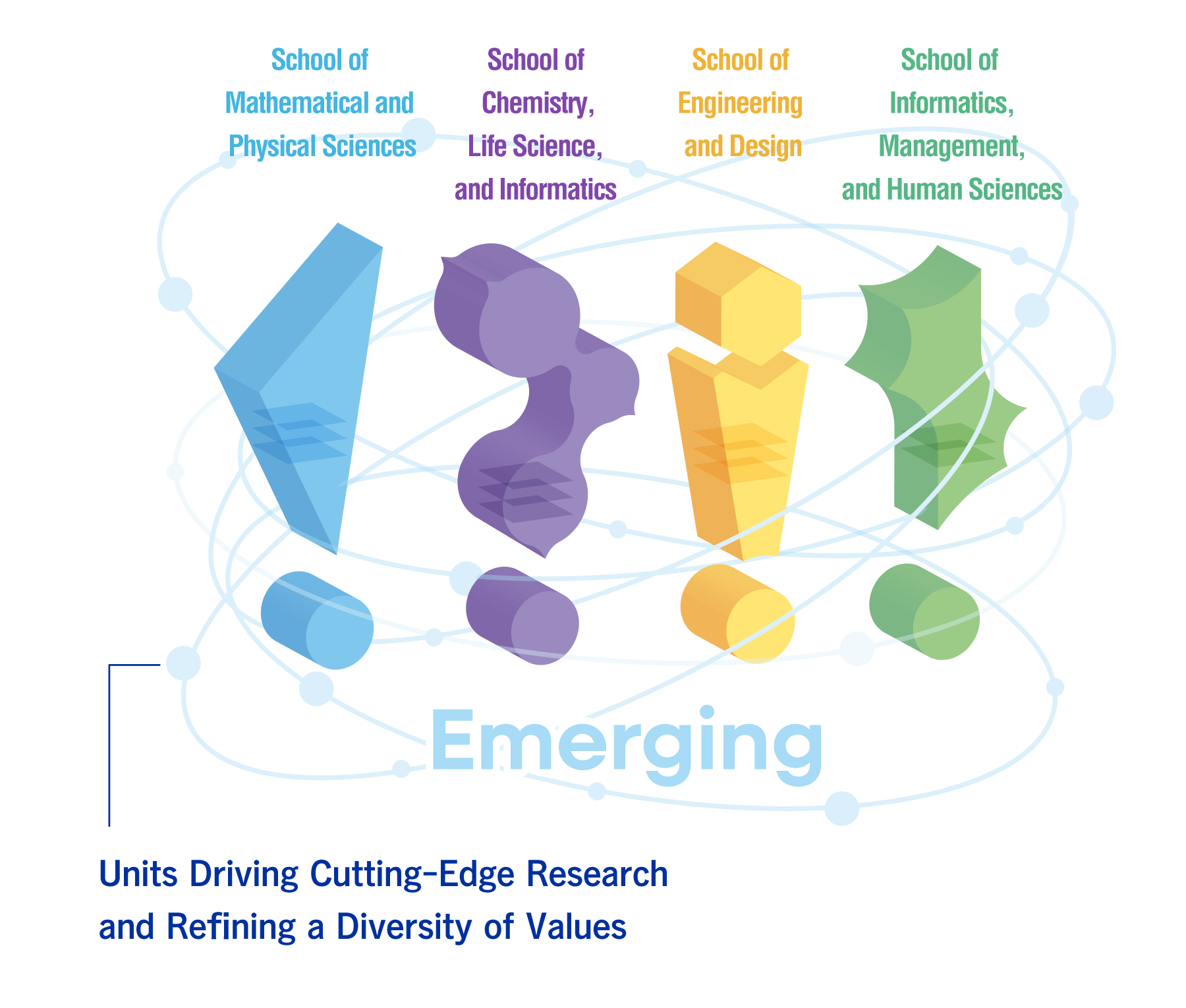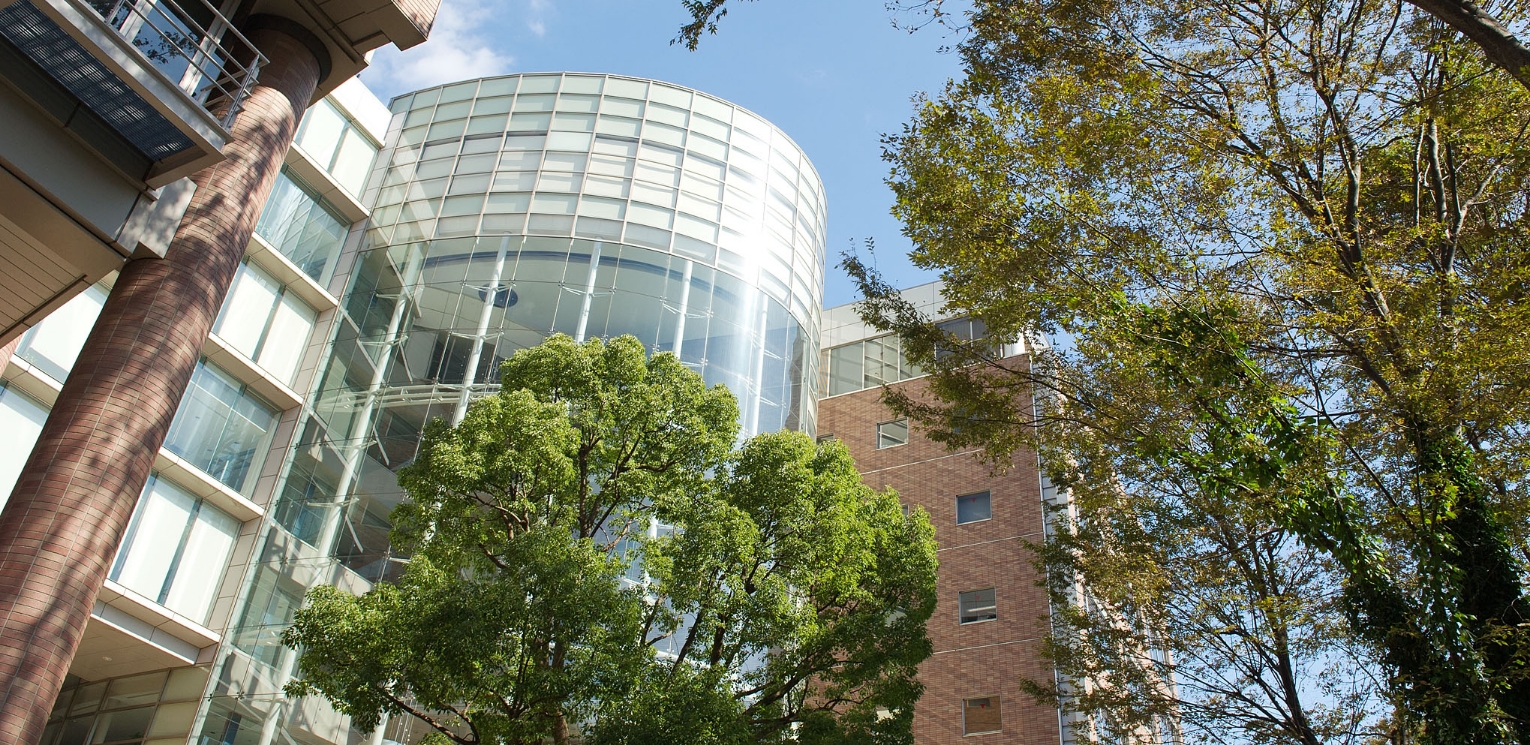Four schools leading the future by challenging uncharted areas

Science and Technology, a Compass for Uncertain Times
As the first quarter of the 21st century has passed, the world is facing an increasingly chaotic situation. By examining Japan’s current situation, such as its declining population and low economic growth rate, we can say that old assumptions are no longer applicable. In such an uncertain social context, the importance of research and education in the fields of science and technology, which can contribute to the sustainable development of Japan and the world, is paramount. The Graduate School of Science and Technology at Keio University has redefined its philosophy to promote research and education that can lead society by boldly challenging uncharted areas based on expertise in science and technology while respecting diversity. In accordance with this philosophy, we will continue to pursue the development of science and technology and its infinite applications through interactions at all levels, from the fundamentals to the application stage, while honing the expertise of faculty members and students.

Maximizing your specialty. There are no barriers to exchange.
The Graduate School of Science and Technology at Keio University was originally established in 1953 with a direct academic pathway between the undergraduate (department at the time) and graduate schools. With the restructuring in 2000, the undergraduate and graduate schools were made completely independent, and the graduate school was reorganized into three schools, Fundamental Science and Technology, Integrated Design and Engineering, and Open and Environmental Systems, to provide transdisciplinary education that cuts across research fields. This restructuring was a revolutionary challenge at the time, and it has broken down the non-interactive organizational structure between disciplines to produce significant results in the creation of new fields of research and education. On the other hand, the value of genuine expertise, which cannot be easily replicated, is becoming extremely important in current society, where the dramatic development of information and communication technology has enabled vast amounts of information to be transmitted around the world instantly. At the same time, we live in an era where truly valuable scientific findings and new technology can be recognized by the world and implemented in society in a short period of time that was previously unimaginable. With this restructuring, we aim to combine a simple organizational structure with a system that stimulates diverse interactions, to create true value in scientific and technological research, and to communicate the results of such research to the entire society.












